Creepy Crawlers of Joshua Tree
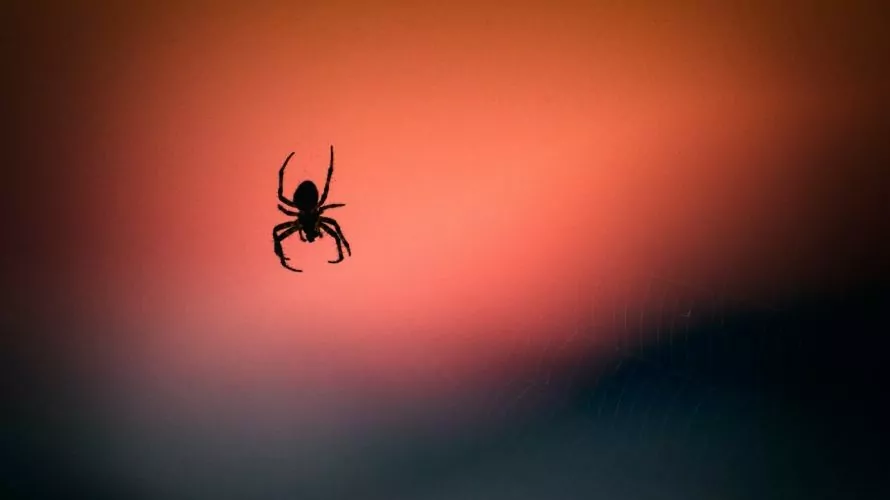
Despite its barren appearance, Joshua Tree is full of life. Some desert wildlife sightings are more welcomed than others. Visitors rejoice at the sight of cottontail bunnies hopping across the desert floor and marvel at the cherished Desert Bighorn Sheep high on the cliffs. Other species of wildlife as met with less excitement. These are usually the scaly, creepy crawlers of the desert that bite, sting and rattle. Despite their bad wrap, they play an important part in the desert ecosystem
Tarantula
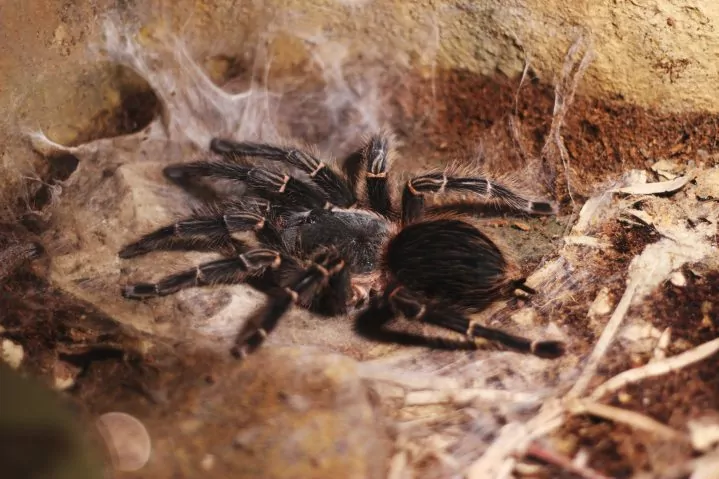
Tarantulas have long had a bad reputation for being big, vicious spiders, but these gentle giants rarely attack humans unless provoked. Even if you are bitten by a tarantula it’s no worse than a bee sting. And although they are venomous, their venom is hardly toxic to humans.
These impressive arachnids don’t build webs like most spiders. Instead, they actively pursue their prey. Tarantulas hunt down and feed off of insects, lizards and even mice.
In the fall, it’s not uncommon to see tarantulas crawling across the desert floor. Males will walk up to five miles a day in search of a female to mate with. Females often stay in their burrows, leaving the male to find her by tracking down her pheromones. Once a male finds a female, he must convince her to mate with him by performing a mating display- tapping the ground with his legs. If he’s a suitable mate, she will allow him to deposit his sperm, but he shouldn’t linger for too long. Female tarantulas have been known to eat males after copulation. Perhaps that’s why females have an average lifespan of twenty years, while males usually live for less than ten.
Chuckwalla
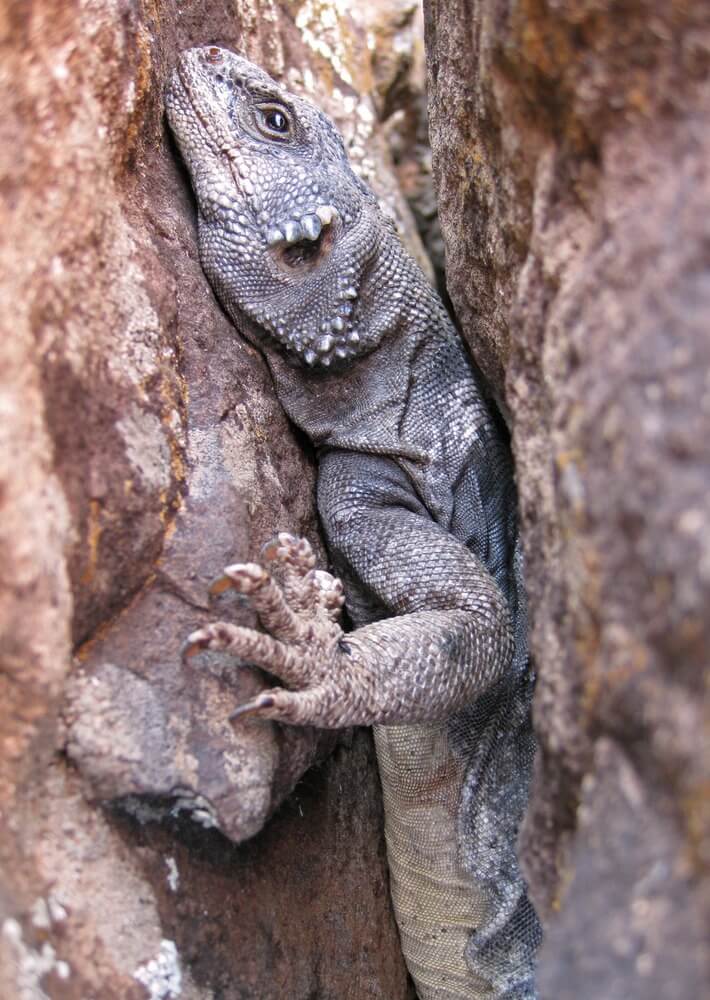
Lizards are a common reptile to find in the desert, but there’s nothing ordinary about the Chuckwalla- the second largest lizard in the United States. These dinosaur-like creatures can grow up to 18” long and can weigh up to two pounds.
If you see a chuckwalla, chances are it won’t be around for long as these shy creatures usually hide in between rocks when they see a potential predator. When they feel threatened, they will crawl into small rock crevices and inflate their body with air in order to wedge themselves tightly into the crevice, making it difficult for predators to extract them.
Rattlesnake
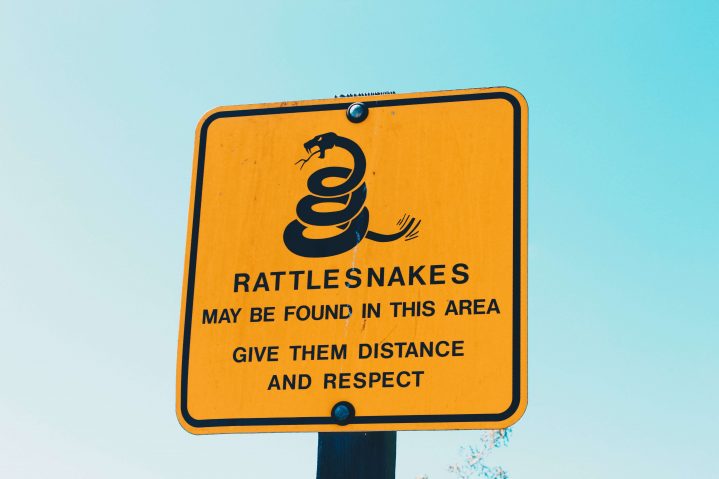
The desert is home to many different types of snakes, but none are more well-known and more feared than rattlesnakes. Joshua Tree is home to seven different species of rattlesnakes. These pit vipers have a rattle at the end of their tail made of loose fitting keratin rings. These loose pieces knock against each other when the snake vibrates its tail- creating the distinctive sound of a rattlesnake. Each time a rattlesnake sheds its skin it adds another piece to its rattle.
Rattlesnakes usually feast on rodents and lizards. They wait patiently in bushes or rocks for a victim to come by and then they strike at lightning-fast speeds. Rattlesnakes release venom from their fangs that paralyze their prey and the snake swallows it whole. Though rattlesnakes are what are feared most by Joshua Tree visitors, human attacks are rare. Rattlesnakes prefer to save their venom for prey and will only bite a human if provoked.
Tortoise
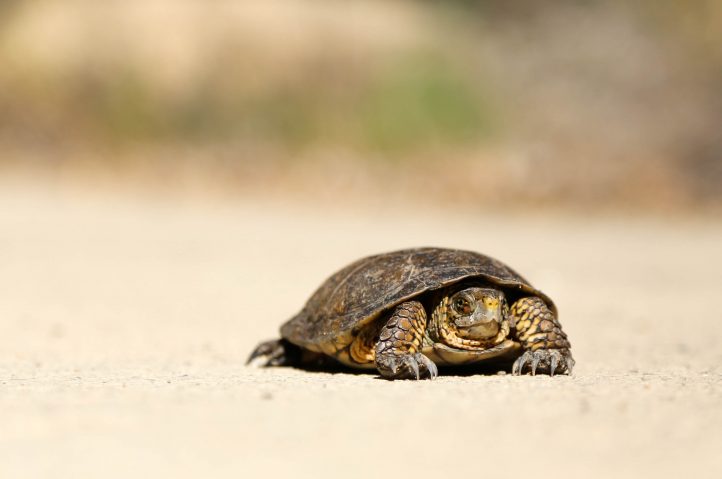
Unlike the rattlesnake, the Mojave Desert Tortoise is a reptile that most visitors want to see while they’re in the park. If you do see one of these threatened species, consider yourself lucky as they spend the vast majority of their lives underground. They are, however, more commonly seen in the early spring post- hibernation and after periods of summer rain, when the emerge from their burrows to drink water.
Because they live in a climate with such little moisture, they store water in their bladder to be absorbed during dry months. They can store water in their bladder for up to a year! If tortoises are handled, however, they will empty their bladder as a defense mechanism which can dehydrate them and lead to their death. For this reason, a tortoise should only be picked up and handled if it is on a roadway and at risk for being run over by a vehicle. If you must pick up a tortoise it’s vital to carry it “low and slow” and move it in the direction it was headed.




